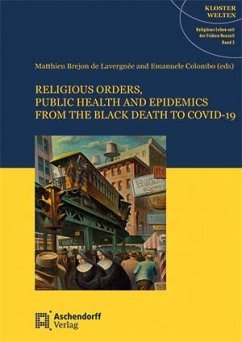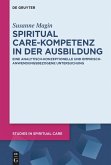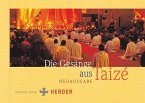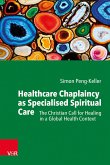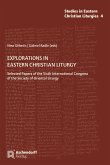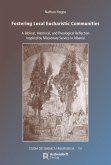Confronted with a Covid-19 epidemic all the more frightening for its rapid spread while its origins remained mysterious, scholars responded to the general need for meaning by placing world disasters in historical perspective. It led to a renewed interest in the relationship between religion and disease, while religious orders as specific actors, victims or voices during epidemics remained overlooked. This is precisely what this book explores.It discusses how religious orders positioned themselves between collective salvation and individual survival. It considers the contribution of religious orders to a spiritual awakening in the face of epidemics, both as intercessors responding to appeals from lay people and civil authorities and as religious ready to offer their lives for the victims. It compares male and female religious orders in the modern era, which was more globalized, medicalized and secularized than medieval societies. Facing disease, both consecrated men and women tookoriginal paths and even invented new and provocative theologies of illness. A comparative approach, from the Black Death in the fourteenth century to AIDS in the twentieth century, and wide geographical coverage on a global scale, from transnational congregations to specific care establishments, enable comparisons to be make but also clearly distinguish different historical configurations. Building on a renewed scholarship into Catholic religious orders, this book is a major contribution to the history of societies shaped by religion and disease.
Hinweis: Dieser Artikel kann nur an eine deutsche Lieferadresse ausgeliefert werden.
Hinweis: Dieser Artikel kann nur an eine deutsche Lieferadresse ausgeliefert werden.

